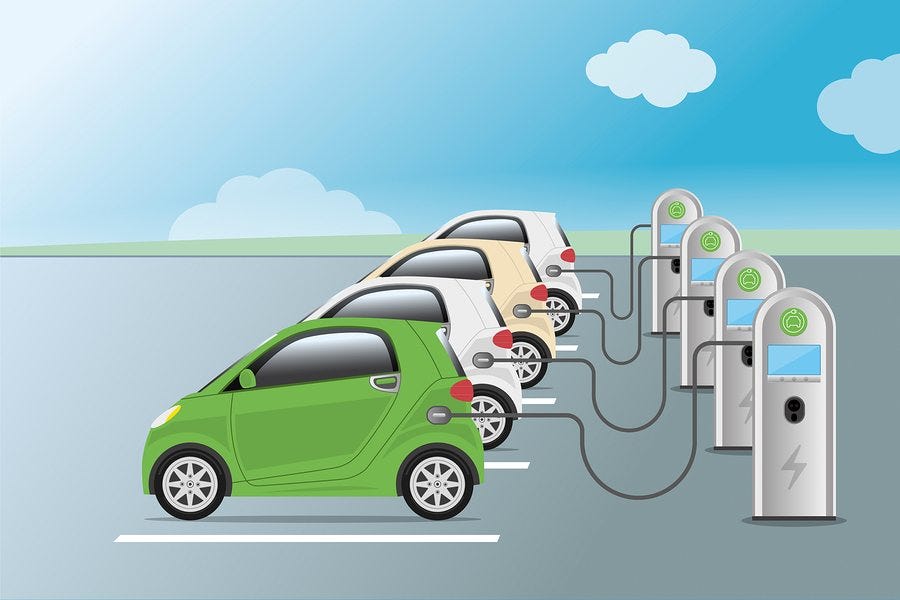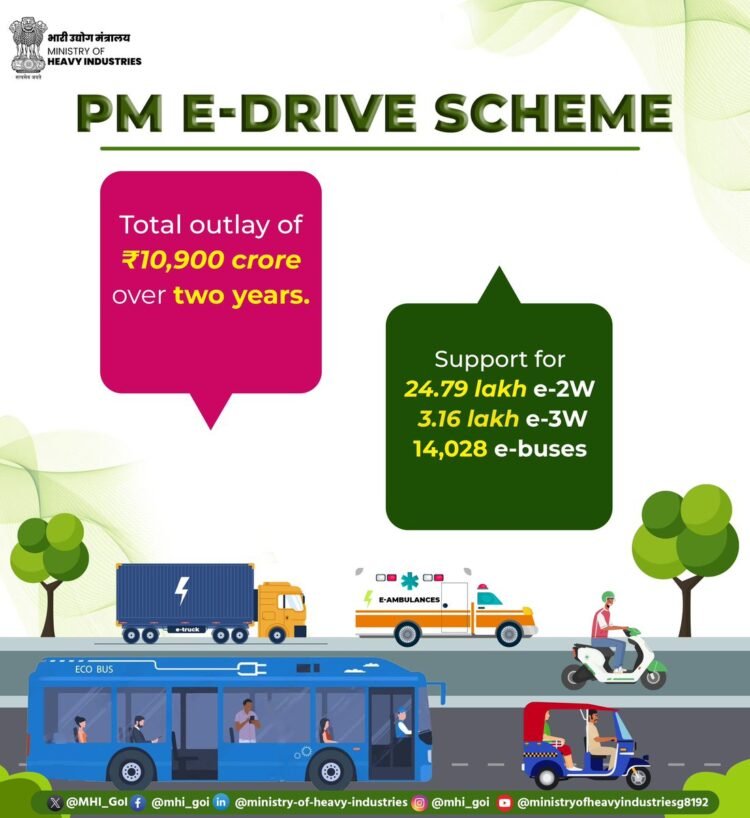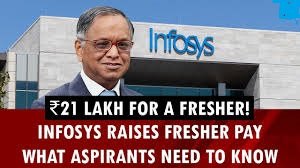Union Cabinet greenlights PM E-Drive Scheme with a ₹10,900 crore budget to support electric vehicles and charging infrastructure, says Information and Broadcasting Minister Ashwini Vaishnaw.
NEW DELHI (ECONOMY INDIA): The Union Cabinet has approved the PM E-Drive Scheme, aimed at accelerating the adoption of electric vehicles (EVs) across India. The scheme includes an investment of ₹10,900 crore over two years, focusing on battery-powered two-wheelers, ambulances, trucks, and three-wheelers. Information and Broadcasting Minister Ashwini Vaishnaw emphasized that this initiative is distinct from the Production Linked Incentive (PLI) scheme for the auto sector.
Key Details of the Scheme In a press briefing on September 11, Vaishnaw explained that PM E-Drive will include 100% support for developing charging infrastructure at 88,500 sites. This step aims to boost India’s transition to cleaner, sustainable mobility.
According to an official release from the Press Information Bureau (PIB), the major components of the scheme include ₹3,679 crore in subsidies or demand incentives. These funds will support the purchase of 24.79 lakh electric two-wheelers, 3.16 lakh electric three-wheelers, and 14,028 electric buses. The objective is to make electric vehicles more accessible and affordable for the public.

Subsidies Under FAME-II The PM E-Drive Scheme follows the Faster Adoption and Manufacturing of Electric Vehicles (FAME-II) initiative, which ran for five years and concluded on March 31, 2024. During this period, 13.21 lakh EVs benefited from subsidies under FAME-II, amounting to ₹11,500 crore.
Transition to New Schemes After FAME-II, the government launched the Electric Mobility Promotion Scheme (EMPS) 2024 with an initial allocation of ₹500 crore, valid for four months. This scheme was later extended until September 31, 2024, to ensure the continued growth of the EV sector until PM E-Drive takes full effect.
Ashwini Vaishnaw remarked, “This significant investment marks a crucial step in India’s journey towards a cleaner, greener future through electric mobility. It will help build a robust infrastructure and encourage faster adoption of electric vehicles.”
(Economy India)















